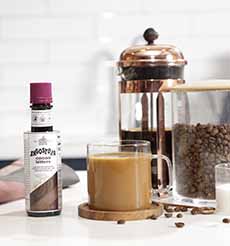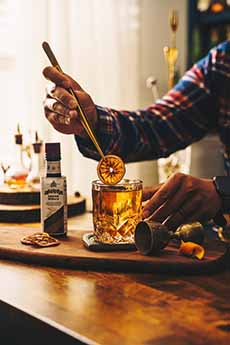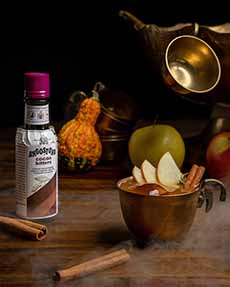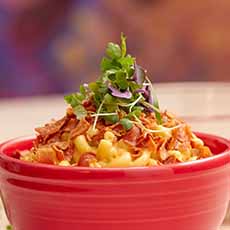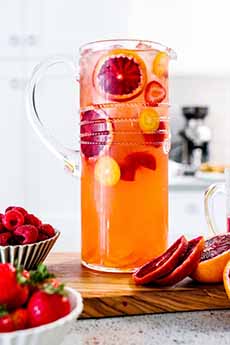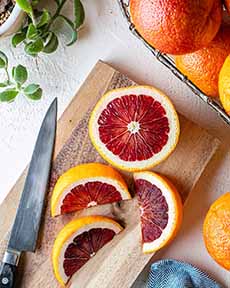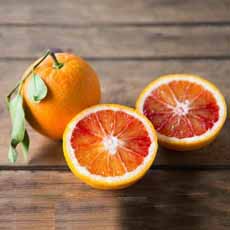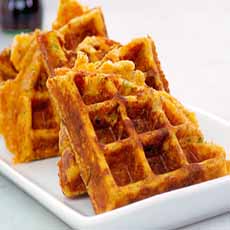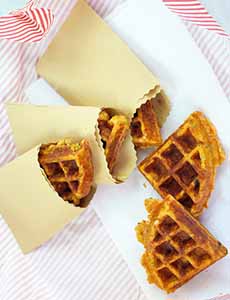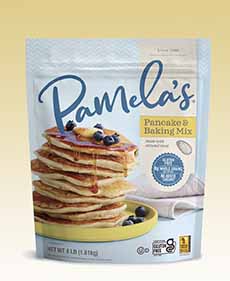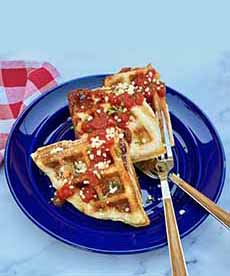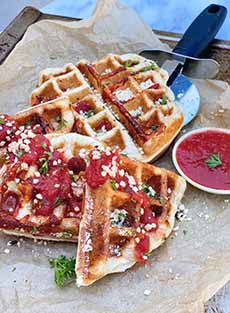|
This article was inspired by photo #1: rose petals in a glass of water. How nice for Valentine’s Day, we thought. We decided to steep some rose petals in water (filtered, of course) to serve.
Yes, it’s as easy as simply steeping rose petals in water.
Here’s a recipe. It’s available in any Middle Eastern or Indian grocery, and online.
Note: Be sure that they’re organic petals—you don’t want pesticides in your food. It’s the same with decorating cakes or cupcakes.
Rosewater (also spelled rose water) has been made for millennia. It has a place in food as well as in cosmetics, medicine*, and religious ceremonies†.
Foodwise, we have recipes below for sweets and cocktails.
Here’s more about rosewater.
ROSEWATER & FOOD
Rosewater is a popular ingredient in the Middle East and Asia. Culinary rose water is believed to have been first created in Persia during the Sasanian dynasty, 224 to 651 C.E.
One of the early Persian recipes was a dessert made of rosewater and raw vermicelli noodles for crunch—a cross between a sorbet and a rice pudding called faludeh.
The ice was mixed with saffron, fruits, and other flavors. It was one of the forerunners of ice cream (the history of ice cream).
Today, it’s easy to make a frozen dessert, and versions of faludeh are available in sorbet form, with either vermicelli or angel hair noodles (photo #4).
Here’s a recipe for faludeh.
If you have a Middle Eastern market, you’ll likely find pints in the ice cream case.
If sorbet and noodles sound strange to you, let us affirm: It’s one of our favorite desserts—a real treat.
A few more dishes to note:
In Malaysia and Singapore, sweet red-tinted rose water is mixed with milk, making a sweet pink drink called bandung.
In South Asian cuisine††, rosewater is used used to flavor milk, lassi, rice pudding, other dairy dishes, and sweets such as laddu, gulab jamun, and peda (more about them).
In Iranian cuisine, rosewater is added to tea, ice cream, cookies, and other sweets.
Also in Iran, rosewater is also used in savory dishes, such as Khoresh Gheymé (meat and yellow split peas stew), Shirin Polow (Iranian rice pilaf) Albaloo Polo (sour cherry rice), or in simple steamed Persian rice.
Love candy? How about Turkish Delight? It’s jelled sugar and rosewater coated with powdered sugar (photo # 6). Turkish Nougat is another rosewater scented candy.
ROSEWATER IN WESTERN COOKING
American and European bakers often used rosewater until the 19th century, when vanilla became more widely available (and rosewater became a distant memory).
In Yorkshire, England, rosewater has long been used as a flavoring for the regional specialty, Yorkshire curd tart [source].
In the U.S., rosewater seemed to have disappeared until the last two decades of the 20th century, when fine pastry chefs and chocolatiers, seeking new global flavors, brought it back into the fold.
Some of our favorite ways to use rosewater:
Baking: Accent shortbread cookie dough, marzipan, or baklava syrup (here’s a recipe for the baklava and the syrup).
Dessert: Add a touch to cannoli cream, chocolate or vanilla pudding, panna cotta, or rice pudding.
Drinks: specifically, sangria or a gin cocktail.
Hot chocolate: add a splash.
Lemonade: Rosewater is delicious in lemonade. Brands like Fentimans and Belvoir add rose extract to their bottled lemonades.
Rice: as a savory side, rosewater-infused rice is Make a batch of rose-permeated rice. Here’s a recipe.
Sorbet: A plain sorbet or combined with basil, or with a fruit such as mango or strawberry.
Spritz: Add rosewater extract (photo # 3) to sparkling water or wine.
Vinaigrette: (Here’s a recipe).
THE NIBBLE’S ROSEWATER RECIPES
Drinks
Love Potion No. 299 Cocktail
Moonwalk Cocktail
Strawberry Rose Mojito
Sweets
Faluduh: Rose Sorbet With Noodles
Pavlova Cake With Rosewater
Raspberry Rosewater Meringues (photo # 5)
Rose Cream For Strawberries & Cream
________________
*It has anti-inflammatory properties and some vitamin C.
†Rosewater is used in the religious ceremonies of Hinduism, Islam, Christianity (in the Eastern Orthodox Church),] Zoroastrianism, and the Baháʼí Faith [source].
††South Asian cuisine includes the cuisines of the Indian subcontinent. It generally includes the countries of Bangladesh, Bhutan, India, Maldives, Nepal, Pakistan, and Sri Lanka.
CHECK OUT WHAT’S HAPPENING ON OUR HOME PAGE, THENIBBLE.COM.
|
|

[1] You can infuse rosewater in advance, or just add a few petals to a glass of spring water or sparkling water (photo © Charlotte May | Pexels).

[2] You can double-infuse rosewater. Here, the rosewater is infused with fresh basil (photo © Rosetta Restaurant | Mexico City | Facebook).

[3] You can also purchase rosewater extract, which is easier to cook and bake with (photo © Nielsen-Massey).
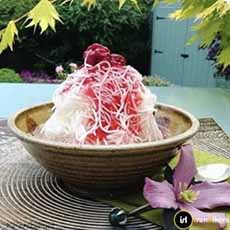
[4] Faludeh, rosewater sorbet with crunchy vermicelli noodles. Here’s a recipe (photo © Iran Hikers).

[5] Rosewater raspberry meringues. Here’s the recipe (photo © Chef Ingrid Hoffmann).
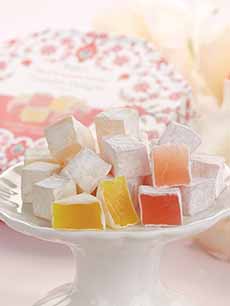
[6] Turkish Delight, available from Vermont Country Store (photo © Vermont Country Store).
|
